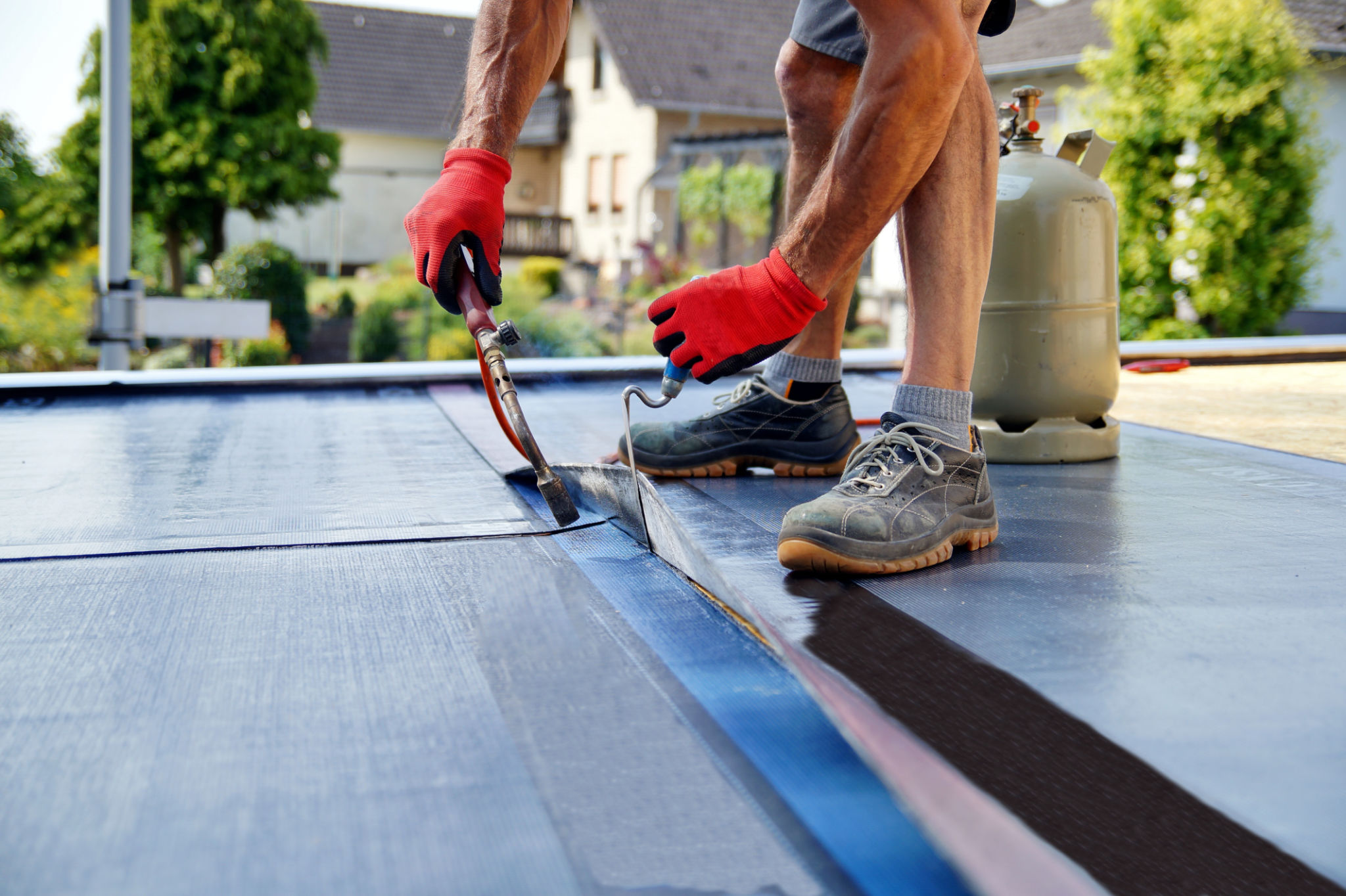The Importance of Roof Underlayment:

The Importance of Roof Underlayment: Protecting Your Home from the Elements
When it comes to roofing, many homeowners focus on the visible layer: shingles, tiles, or metal panels. While this top layer is crucial for aesthetic appeal and weather resistance, the unsung hero of a roofing system lies beneath the surface: the roof underlayment.
Roof underlayment is the protective barrier between the roof deck and the outermost roofing material. Though often overlooked, it plays a vital role in safeguarding your home against the elements. Let’s explore why roof underlayment is so essential and how it contributes to the longevity and effectiveness of your roofing system.

1. Acts as a Secondary Line of Defense
The primary job of your shingles or other roofing material is to keep water out. However, extreme weather conditions—like high winds, heavy rain, or hail—can sometimes compromise this top layer. Roof underlayment provides a critical secondary barrier, preventing water from penetrating to the roof deck and causing damage to your home’s structure.
2. Prevents Roof Deck Damage
Your roof deck, usually made of plywood or oriented strand board (OSB), is vulnerable to moisture. Prolonged exposure can lead to rot, mold, and structural weakening. Roof underlayment protects the deck by sealing it off from moisture, ensuring its integrity for years to come.
3. Improves Fire Resistance
Some types of roof underlayment, such as synthetic and asphalt-saturated felt, offer enhanced fire resistance. This can be a critical factor in areas prone to wildfires or homes with specific building code requirements.
4. Enhances Roof Longevity
A roof is a significant investment, and proper underlayment can extend its lifespan. By reducing the risk of leaks, mold growth, and structural decay, underlayment minimizes the need for costly repairs and premature roof replacements.
5. Boosts Energy Efficiency
Modern synthetic underlayment often comes with reflective properties that can help regulate indoor temperatures. By reducing heat transfer through the roof, underlayment contributes to better energy efficiency and lower utility bills.
6. Ensures Proper Shingle Installation
Underlayment provides a smooth and even surface for shingles or tiles to rest on, making installation easier and more secure. This can also prevent uneven wear and tear on your roofing materials, preserving their appearance and functionality.
7. Meets Building Codes
Many local building codes require roof underlayment as part of a properly constructed roofing system. Ensuring compliance not only protects your home but also avoids potential legal and financial repercussions during inspections or property sales.
Types of Roof Underlayment
Choosing the right underlayment is just as important as understanding its role. The three main types are:
• Asphalt-Saturated Felt: A traditional option offering basic water resistance.
• Rubberized Asphalt: Provides excellent waterproofing and is ideal for areas prone to ice dams or heavy rainfall.
• Synthetic Underlayment: Lightweight, durable, and resistant to tears, this modern choice is becoming increasingly popular.
Conclusion
Roof underlayment is more than just an accessory—it’s a vital component of your home’s roofing system. By acting as a secondary defense, protecting your roof deck, and enhancing overall durability, underlayment ensures your roof can withstand the challenges of time and weather.
When investing in a new roof or a replacement, don’t skimp on this essential layer. Discuss your options with a trusted roofing contractor to ensure your home is fully protected.
Your roof is only as strong as the layers beneath it. Make them count!